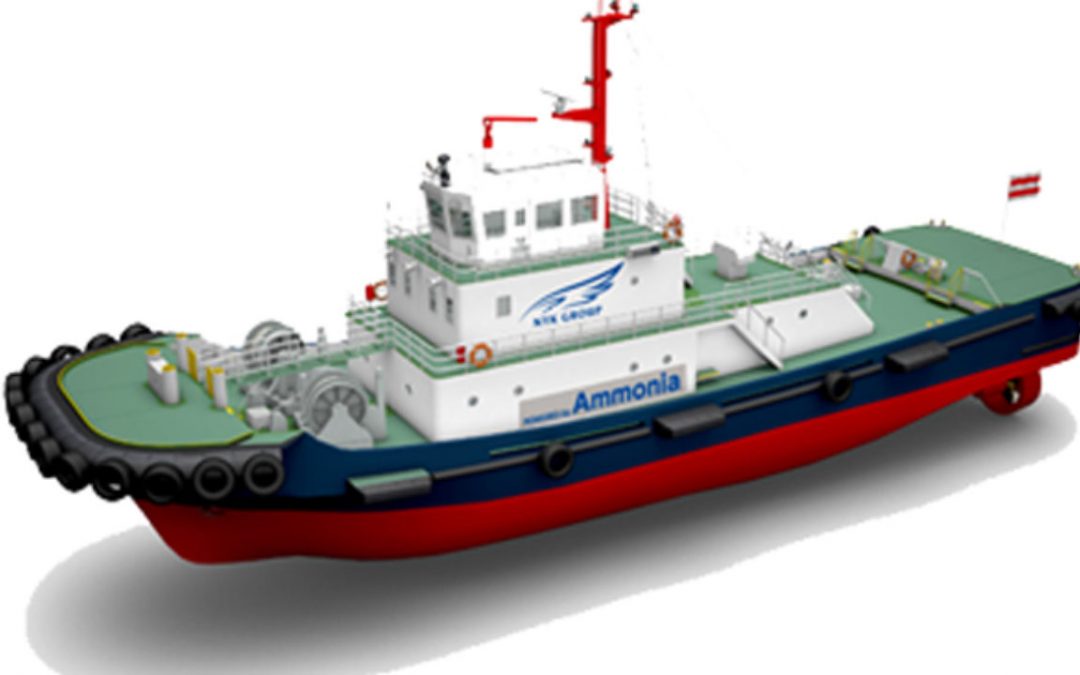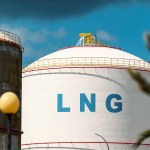Europe’s container ships pollute as much per container as they did six years ago, new EU shipping data shows. T&E calls for stricter efficiency measures to ensure shipping companies sail slower and invest in energy saving technologies like wind.
According to the EU’s latest shipping data, emissions fell slightly in 2023 compared to the year before. But contrary to industry claims that ships are operating more efficiently, decreases in emissions like we saw in 2023, are likely down to a fall in trade. Recent improvements in ship technology have led to more technical efficiency in new ships, however, T&E’s analysis shows that under real life conditions, Europe’s container ships pollute just as much on average as they did back in 2018.
A new study commissioned by T&E also found that there is likely no link between fuel prices and ship speeds, which is the biggest contributor to operational efficiency. While the study found that shipping companies tend to order more efficiently designed ships six years after higher global oil prices, no link was found between fuel prices and sailing speeds. This is backed up by the EU’s official MRV data for 2018 to 2023.
Jacob Armstrong, shipping manager at T&E, said: “There just aren’t enough incentives for ships to sail more efficiently. Shipping companies are reacting to higher fuel prices by buying slightly more efficient vessels. But the data shows that on the whole, transporting containers around isn’t getting more efficient. The biggest improvements in efficiency come from sailing slower. If governments put in place measures that promote real improvements in efficiency, they can slash emissions overnight.”
T&E calls for the European Commission to propose an energy efficiency measure, which for example, limits ship speeds and promotes technologies like wind-assistance, through applying the global carbon efficiency measure (Carbon Intensity Index, CII) to ships calling at European ports. At the IMO, T&E calls for negotiators to transform the CII into a true energy efficiency measure and align its targets with the IMO’s 2030, 2040 and 2050 emissions reduction objectives.
Source: European Federation for Transport and Environment






